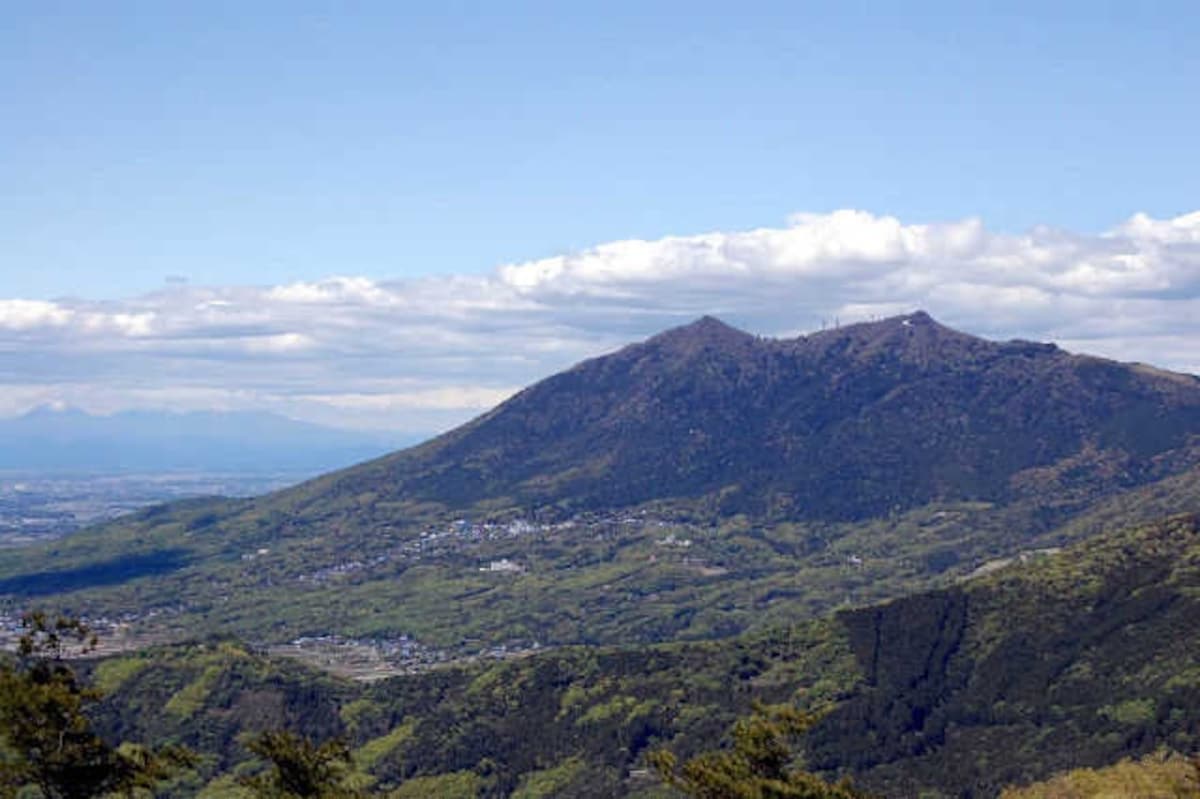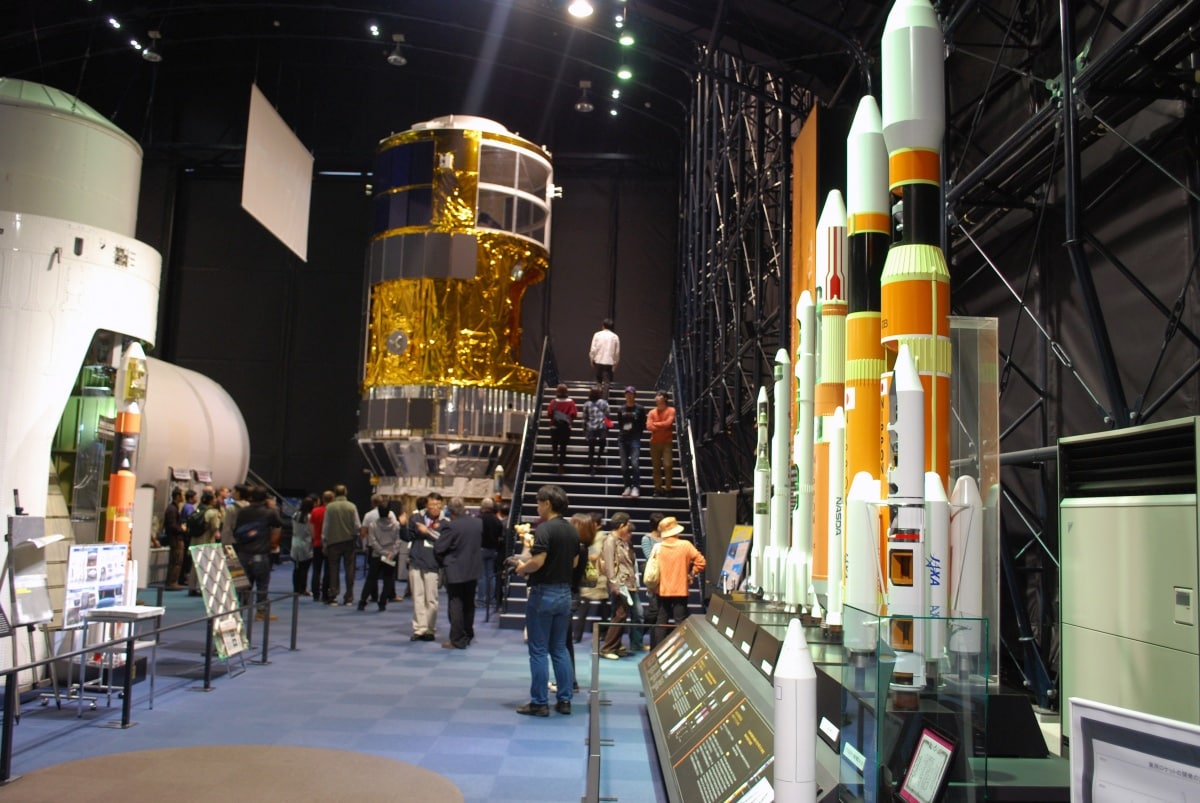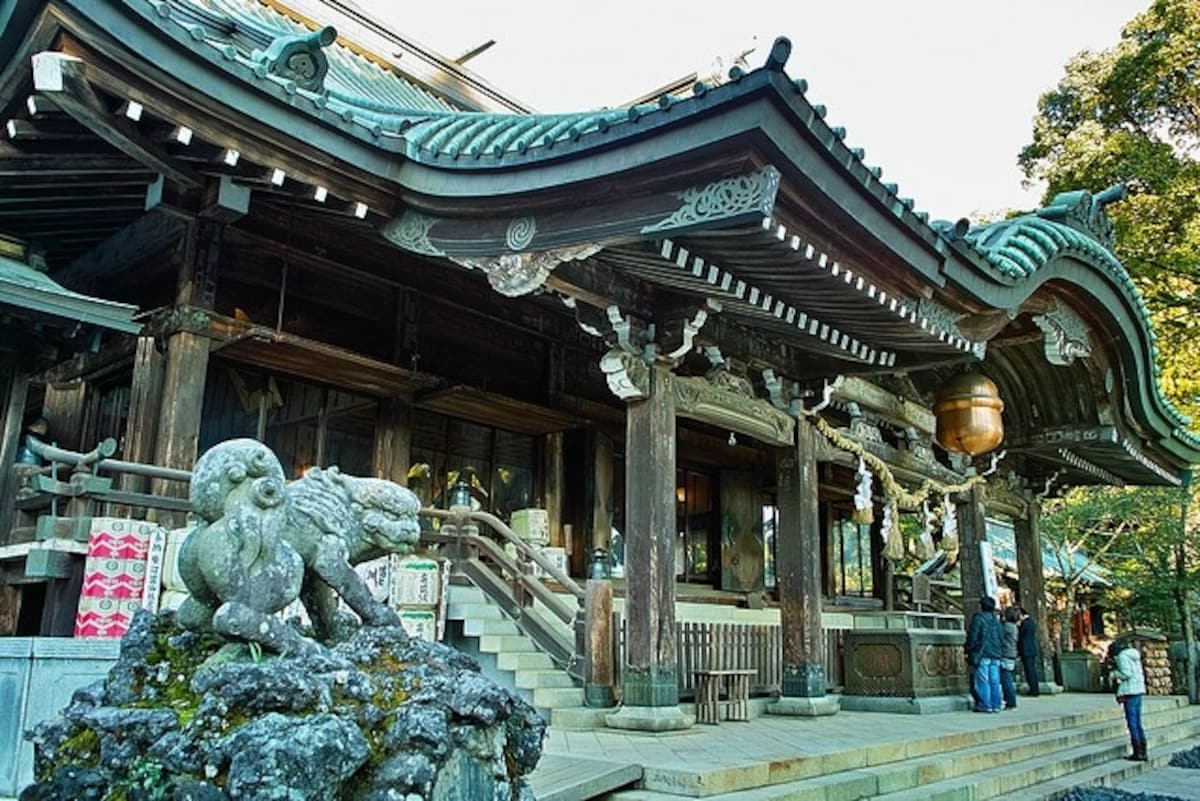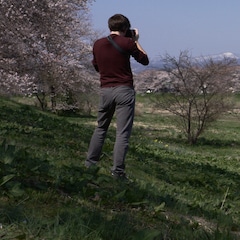Tsukuba: City of Science & Nature
Tsukuba lies about 50 minutes northeast of Tokyo, and has a direct line from Akihabara Station in the form of the Tsukuba Express. A major research center, it's often referred to as “Science City.”
By Nicholas RichCompared to other metropolitan areas of Japan, the population of Tsukuba is quite small, at about 220,000. But the city was planned with natural beauty in mind, and boasts 174 parks connected by a pedestrian pathway some 48 kilometers (30 miles) long.
While the area has historically been a pilgrimage destination because of the twin-peaked Mount Tsukuba (more on that later), these days it's a hub for cutting-edge medical and scientific research and industry, with 29 national research centers that employ 20,000 scientific minds.
Let’s take a look at some of the highlights you can find while visiting.
3. Tsukuba Space Center
The Tsukuba Space Center is the largest-scale aerospace development center in Japan. The Space Center is a major facility for the Japan Aerospace Exploration Agency (JAXA), and members of staff are responsible for myriad tasks, such as control of launched satellites, gathering data from the International Space Station (ISS), training new astronauts, as well as the development and testing of new aerospace technology.
Admission is free, and with an advanced registration attendees can be provided a guided tour. Three tour types are available: the “Astronaut Course,” which lets you experience the training of astronauts; the “Space Station Course,” to see how they operate Kibo, an experimental module on the ISS that helps identify the amount of radiation astronauts are exposed to in space; and the “Rocket Course,” which simulates the sounds of a real-life rocket launch.
2. Tsukuba Expo Center
The Tsukuba Expo Center was built to host The International Exposition in 1985, and has since been repurposed as an interactive museum. The slogan of the facility is “see, touch, and enjoy learning.” With that in mind, the Expo Center houses many interactive and experiential exhibits, such as the Air Bazooka, which shoots air as if it were bullets, or the Sun Cruiser, which simulates travel to the sun with stereoscopic images and sound. On top of that, there’s also a planetarium, with the night sky projected on a 26.5-meter-diameter (87 ft) dome. Entry is ¥820 for adults and ¥410 for kids, which means it's affordable fun for the whole family.
1. Mount Tsukuba
Mount Tsukuba is located 45 minutes from the city center by bus, in the center of Ibaraki Prefecture. A twin-peaked mountain, it's home to one of Japan’s oldest shrines.
Tsukuba-san Shrine, located at the foot of the mountain, enshrines the gods Izanagi and Izanami, the male and female progenitor gods of the Japanese people, who are also associated with the two peaks of the mountain, Nantai (871 meters/2,858 feet) and Nyotai (877 meters/2,877 feet). The shrine is often visited by couples to promote a harmonious and loving marriage.
There are several hiking trails up the mountain, most of which begin at the shrine. For those looking for a less energetic way to enjoy the scenery, the Tsukuba-san Cable Car connects the shrine to the peak of Mount Nantai, while the Tsukuba-san Ropeway, located a few kilometers east at Tsutsujigaoka, provides quick access to the peak of Mount Nyotai, as well as a gorgeous view of the surrounding region.







